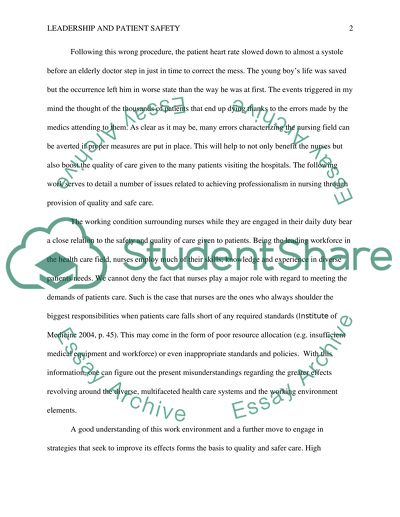Cite this document
(“Leadership and patient safety Essay Example | Topics and Well Written Essays - 4000 words”, n.d.)
Retrieved from https://studentshare.org/nursing/1404557-achieving-profesionalism
Retrieved from https://studentshare.org/nursing/1404557-achieving-profesionalism
(Leadership and Patient Safety Essay Example | Topics and Well Written Essays - 4000 Words)
https://studentshare.org/nursing/1404557-achieving-profesionalism.
https://studentshare.org/nursing/1404557-achieving-profesionalism.
“Leadership and Patient Safety Essay Example | Topics and Well Written Essays - 4000 Words”, n.d. https://studentshare.org/nursing/1404557-achieving-profesionalism.


